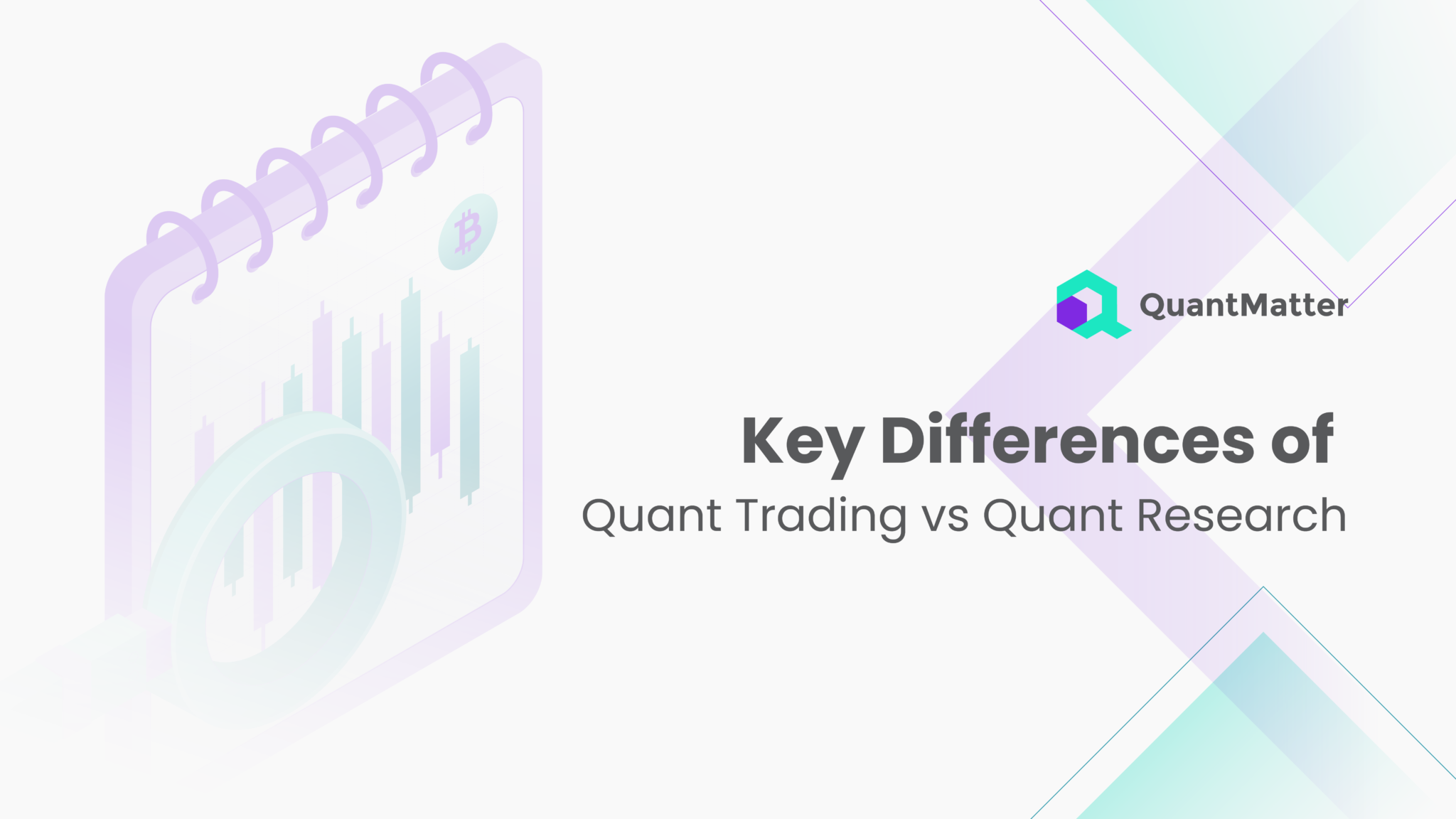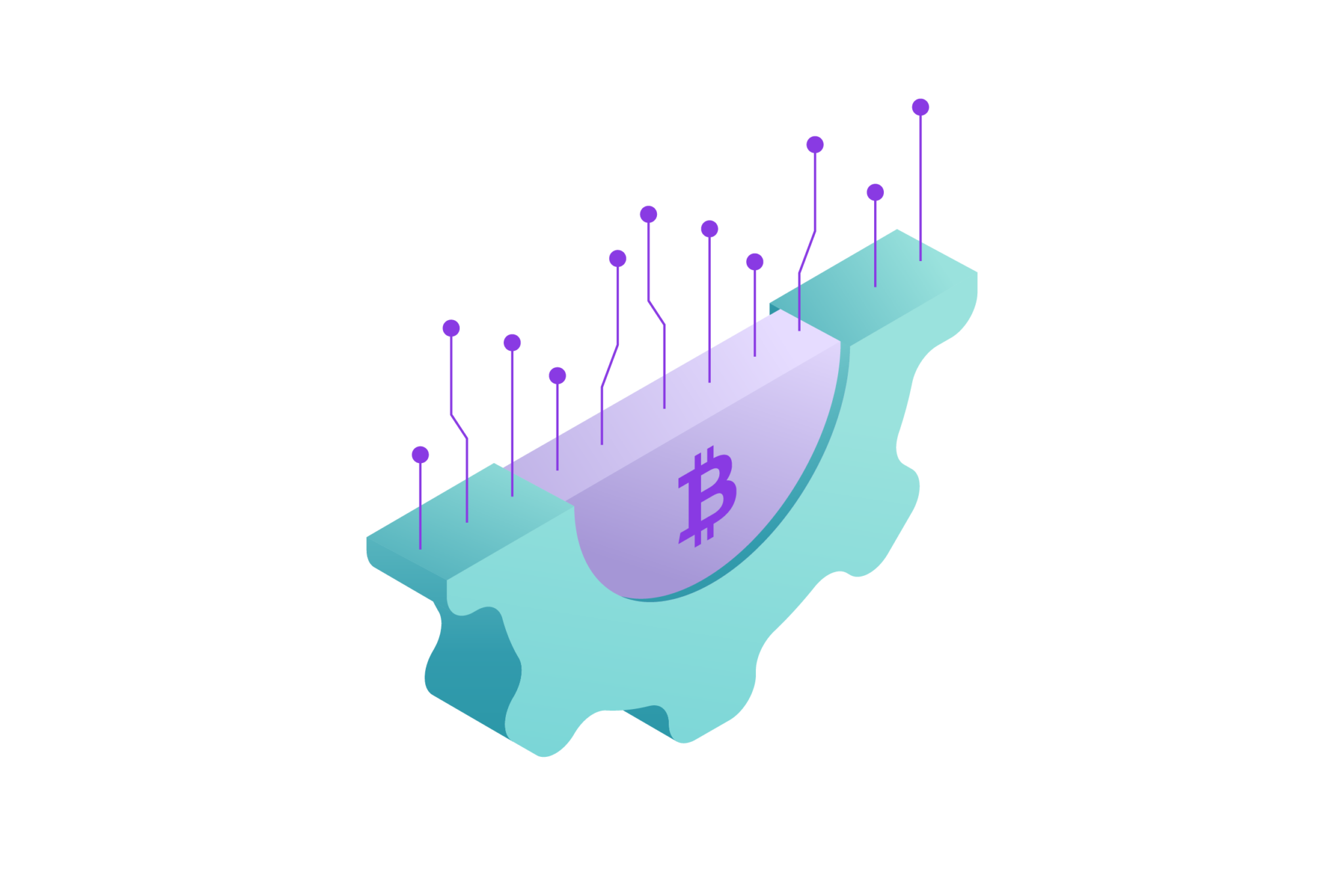
Quantitative analysis has revolutionized the financial markets by introducing advanced mathematical models to predict market movements and assist in decision making. However, within this broad field, quant trading and quant research serve distinct purposes and utilize unique strategies. This article delves into the significant differences between these two approaches, helping you understand their individual contributions to finance.
Quant trading, often referred to as quantitative trading, involves the use of algorithms and quantitative models to make high-frequency trades. It relies heavily on the speed and execution of trades based on pre-determined criteria. On the other hand, quant research focuses more on the development of these models and algorithms, prioritizing in-depth analysis and the creation of strategies that traders later implement.
Despite their interconnectedness, the roles and objectives of quant trading and quant research are quite distinct. This article will discuss their key differences in terms of methodology, goals, and the skills required to succeed in each field. By comparing these roles, we aim to provide a clearer picture of their unique impacts on the financial sector.
Key Differences Between Quant Trading and Quant Research

The key differences between quantitative trading and quantitative research lie in their primary objectives and methodologies. Quantitative trading focuses on the development and implementation of automated trading strategies aimed at generating profits in financial markets. It involves the design and optimization of algorithms to exploit market inefficiencies or predictive signals, with a strong emphasis on practical application and real-time trading operations. In contrast, quantitative research is more concerned with theoretical development and analysis.
It involves the creation and validation of mathematical models to understand market dynamics, analyze investment opportunities, and generate insights for decision-making. Quantitative researchers conduct empirical studies, statistical analyses, and computational simulations to explore market behavior, test hypotheses, and contribute to the advancement of academic research and industry knowledge. While both disciplines leverage quantitative techniques, quantitative trading prioritizes profitability and trading performance, whereas quantitative research emphasizes theoretical rigor and the pursuit of knowledge.
Understanding Quant Trading

Quantitative trading, or “quant trading,” uses quantitative analysis as the foundation for decision-making. By applying mathematical models, quant traders attempt to forecast market movements and time their trades to maximize profits and minimize risks. This approach is highly systematic, relying on complex algorithms that can process market data and execute trades in milliseconds—characteristic of high-frequency trading (HFT) strategies.
At the core of quant trading are techniques like statistical arbitrage, which exploits price inefficiencies between related financial instruments, and sophisticated market prediction algorithms that analyze trends and patterns. Pattern recognition, another crucial element, helps identify consistent or recurring market behaviors.
Practitioners of quant trading often have robust backgrounds in mathematics, statistics, and computer programming. These skills are essential for developing the algorithms that drive their trading strategies. Additionally, real-time data analysis is critical in this fast-paced trading environment, where even minimal delays can impact the profitability of trades.
The Role of Quant Research

Quantitative research is instrumental across various fields, providing a structured approach to data collection and analysis. This method relies on measurable evidence and primarily utilizes numbers and statistics to derive insights. Its widespread applications include sectors such as finance, healthcare, social sciences, and marketing.
Finance
In the financial sector, quantitative research is indispensable. It is employed to predict stock market trends, evaluate portfolio risks, and optimize trading strategies. By utilizing advanced mathematical models and algorithms, quant researchers can simulate different market scenarios and predict their outcomes with a significant degree of accuracy. This research methodology also supports the development of automated trading systems and helps financial institutions in regulatory compliance and risk management.
Healthcare
Quantitative research in healthcare is pivotal for advancing medical knowledge and improving patient care. It is used extensively in epidemiological studies, clinical trials, and outcome research to assess the effectiveness of treatments and understand health patterns in populations. By analyzing large datasets, healthcare professionals can identify risk factors for diseases, optimize resource allocation, and develop personalized medicine approaches. This rigorous data analysis helps in shaping public health policies and therapeutic practices.
Also Read: Green Book Quant: Strategies for Investment Success
Social Sciences
In social sciences, quantitative research methods provide a robust framework for examining the relationships between variables and testing sociological theories. Researchers employ statistical methods to analyze survey data, voting patterns, or economic behaviors, which can elucidate the dynamics of social change and cultural evolution. This form of research is essential for making generalizable and predictive statements about societal issues, influencing everything from education reforms to economic policies.
Marketing
Quantitative research in marketing is critical for deciphering consumer behaviors and market trends. Through techniques such as market segmentation analysis, consumer satisfaction surveys, and A/B testing, marketers can gain detailed insights into consumer preferences and the effectiveness of various marketing strategies. This data-driven approach allows businesses to fine-tune their advertising campaigns, improve customer engagement, and increase overall market share.
Quantitative research’s main advantage is its ability to produce objective, reliable results that can be generalized across large populations. Its reliance on statistical analysis and controlled experiments ensures that the findings are solid and actionable, making it an essential tool for informed decision-making and policy formulation.
Tools and Technologies Employed

In the dynamic world of quantitative finance, professionals known as quant traders and quant researchers employ a diverse range of tools and technologies to achieve their objectives. Although both roles operate within the same field, the nature of their work dictates the specific technologies they use, highlighting the differences in their approaches and priorities.
Quant Traders: Prioritizing Speed and Efficiency
Quant traders are primarily focused on the operational aspects of trading. To enhance the speed and efficiency of trade execution, they use high-speed trading platforms and direct market access technologies. These tools are crucial for executing orders at remarkable speeds, which is vital in gaining an edge in the competitive financial markets. Furthermore, quant traders employ complex event processing engines and sophisticated order management systems. These technologies are designed to manage and analyze large volumes of trades efficiently, enabling optimal decision-making in real-time trading scenarios.
Quant Researchers: Developing and Refining Strategies
In contrast, quant researchers concentrate on the development and refinement of trading strategies through statistical and machine learning techniques. They typically utilize statistical software and advanced machine learning tools like MATLAB, R, and Python. These platforms are indispensable for analyzing large datasets and improving predictive models. Quant researchers leverage these tools to simulate and test their strategies under various market conditions, ensuring the robustness and effectiveness of their approaches. This rigorous process of testing helps to bridge the gap between theoretical models and practical trading applications, ensuring that the strategies are viable in live trading environments.
The field of quantitative finance showcases a fascinating interplay of technology and finance, where speed, efficiency, and analytical rigor are paramount. The specialized tools and technologies employed by quant traders and researchers not only facilitate their specific tasks but also contribute significantly to their success in this fast-paced industry. Understanding these tools is essential for anyone looking to navigate or excel in the field of quantitative finance.
Skill Sets and Backgrounds
Quantitative trading and research are critical components of modern financial markets, each demanding a specific set of skills and expertise. Let’s delve deeper into the required competencies for individuals in these dynamic fields.
Skills Required for Quantitative Traders
- Decision Making Under Pressure: In the fast-paced world of quantitative trading, the ability to make quick, accurate decisions under pressure is paramount. Traders must analyze vast amounts of data and make split-second decisions that could significantly impact their trading outcomes. This requires not only a keen analytical mind but also psychological resilience to handle the stresses of high-stakes trading environments.
- Advanced Programming Abilities: Proficiency in programming is crucial for designing, testing, and implementing complex trading algorithms. Quant traders often use programming languages like Python for its extensive libraries and tools, C++ for its execution speed, and R for data analysis. These skills enable traders to automate trading strategies and backtest them against historical data to assess their viability before live deployment.
- Knowledge of Trading Platforms: A thorough understanding of various trading platforms and tools is essential. Traders need to know how to leverage these platforms for efficient trade execution and real-time market analysis. Familiarity with the interface, functionalities, and optimization of trading systems on these platforms can provide a competitive edge in executing strategies at the optimal speed and scale.
- Adaptability to Market Conditions: The financial markets are continuously evolving due to changes in economic indicators, policy decisions, and other global events. Successful quant traders must quickly adapt their strategies in response to these changes. This involves staying updated with global financial news, understanding the implications of new data, and being able to modify or overhaul strategies swiftly to align with current market dynamics.
Skills Required for Quantitative Researchers
- Mathematical and Statistical Analysis: Quantitative research is grounded in a deep understanding of mathematics and statistics. Researchers utilize these disciplines to sift through financial data, identify patterns, and translate these insights into predictive models. Profound knowledge in areas such as probability, calculus, and statistical theory is crucial for effectively analyzing market behaviors and potential financial risks.
- Development of Predictive Models: The creation of predictive models is at the heart of quantitative research. Researchers design these models to forecast market trends and valuations, using historical data as a guide. This process requires not only a strong statistical background but also creativity and innovative thinking to construct models that can accurately predict market movements and provide a competitive advantage.
- Attention to Detail: The effectiveness of a financial model hinges on its accuracy and reliability, which are a direct result of meticulous research and attention to detail. Quantitative researchers must thoroughly test and validate their models under different market scenarios to ensure they perform consistently and reliably. This includes rigorous backtesting, which simulates the model’s performance using historical data, and ongoing adjustments to refine the model’s predictive power.
- Long-term Strategic Planning: Unlike the immediate and reactive nature of trading, quantitative research often focuses on long-term strategy development. Researchers invest considerable time in exploring and understanding complex market mechanisms and deriving strategies that are sustainable over lengthy periods. This strategic planning involves a substantial amount of theoretical work, including the study of financial theories, econometrics, and market microstructure.
Understanding these distinct roles and their comprehensive skill sets allows individuals to better prepare for careers in the rapidly evolving field of quantitative finance, equipping them with the tools to succeed in either track.
Also Read: What Is Bayesian Statistics? A Complete Guide for Beginners
Impact on Financial Markets
Quant trading and research have deeply transformed the landscape of modern financial markets, enhancing efficiency and adding layers of sophistication, yet they also bring challenges and risks.
Benefits of Quant Trading and Research
- Efficiency and Liquidity: Quant trading utilizes advanced mathematical models to make trading decisions, which often results in providing significant liquidity to the markets. This liquidity can help reduce the bid-ask spread, making it cheaper and faster for other participants to trade.
- Advanced Financial Models: Quant research has played a crucial role in advancing financial theories. Researchers develop and refine models that improve market analysis and forecasting, enabling better investment decisions based on more accurate predictions.
Challenges and Risks
- Market Volatility: High-frequency trading (HFT), a subset of quant trading, can lead to increased market volatility. HFT strategies can quickly amplify market movements by executing a large number of orders at very fast speeds, potentially leading to flash crashes or sudden market spikes.
- Systemic Risks: The interconnectedness of market participants using similar algorithmic trading strategies can lead to systemic risks. If many entities are using similar models, it can result in homogenous trading behavior that may exacerbate market movements during times of stress.
Evolving Quant Research for Stability
Despite these challenges, the field of quant research is continuously evolving to address these concerns. Researchers are focusing on developing more robust models that account for anomalies and extreme conditions, thus aiming to mitigate potential disruptions and reduce systemic risks. These advancements are vital for ensuring that the contributions of quant trading and research continue to benefit the markets while minimizing the associated risks.
Overall, the influence of quant trading and research on financial markets is substantial, driving both improvements and necessitating cautious management of the new complexities they introduce.
Conclusion
Quant trading and quant research are two pillars of quantitative finance that have transformed traditional trading and investment strategies. While they share a common foundation in mathematics and technology, their objectives, methods, and impacts on the financial markets distinctly differ. Understanding these differences is crucial for anyone looking to enter the field or simply grasp how modern markets operate.
As financial technologies continue to evolve, the distinction between trading and research may become more blurred. However, the fundamental differences outlined in this article will remain pivotal. Whether enhancing the accuracy of models or the speed of transactions, both quant trading and research will continue to play essential roles in shaping the future of financial markets.
This comprehensive exploration of quant trading versus quant research provides a clear understanding of their unique roles and contributions. As the financial landscape continues to evolve, the synergy between these disciplines will undoubtedly lead to further innovations and efficiencies in the market.
Disclaimer: The information provided by Quant Matter in this article is intended for general informational purposes and does not reflect the company’s opinion. It is not intended as investment advice or a recommendation. Readers are strongly advised to conduct their own thorough research and consult with a qualified financial advisor before making any financial decisions.

Joshua Soriano
As an author, I bring clarity to the complex intersections of technology and finance. My focus is on unraveling the complexities of using data science and machine learning in the cryptocurrency market, aiming to make the principles of quantitative trading understandable for everyone. Through my writing, I invite readers to explore how cutting-edge technology can be applied to make informed decisions in the fast-paced world of crypto trading, simplifying advanced concepts into engaging and accessible narratives.
- Joshua Soriano#molongui-disabled-link
- Joshua Soriano#molongui-disabled-link
- Joshua Soriano#molongui-disabled-link
- Joshua Soriano#molongui-disabled-link
